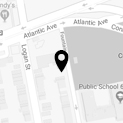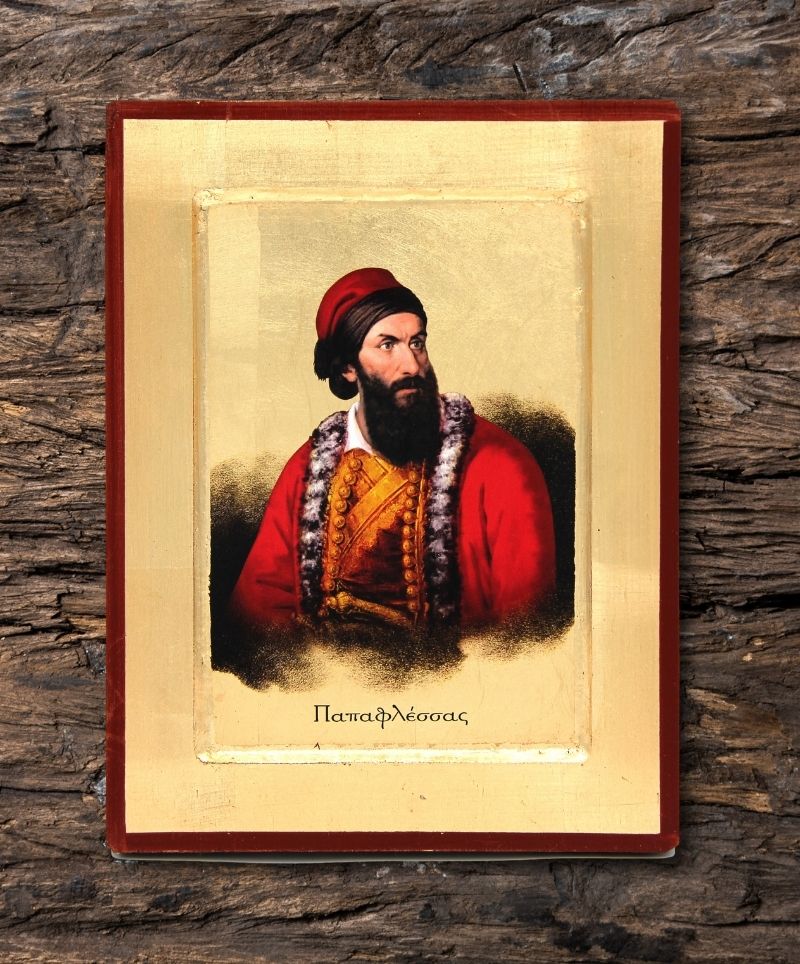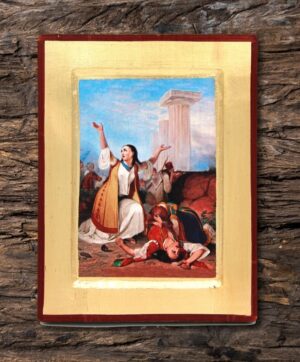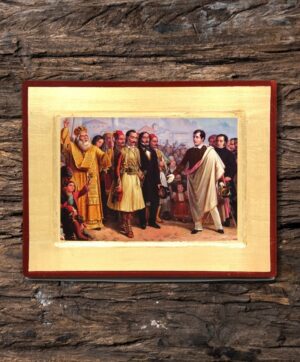Description
George Dikaios Flessas, as his secular name was, was born in 1786 or 1788 in Poliani, Messinia. He studied at the famous School of Dimitsana and in 1816 he became a monk at the monastery of Valanidia in Kalamata and was named Gregory. Lively and vindictive as a character, he quickly broke up with his abbot and went to consecrate in the monastery of Rekitsa, between Mystras and Leontari.
In Constantinople he met Panagiotis Anagnostopoulos, who catechized him and initiated him into the Friendly Society on June 21, 1818, under the code name Armodios. At the same time, he became archimandrite by the patriarch Gregory V.
From the moment he became a member of the Friendly Society, Papaflessas devoted himself entirely to the cause of the national uprising. Impulsive and enthusiastic, he travelled for this purpose to the Danube hegemony and sometimes with lies and sometimes with truths he managed to excite and seduce many Greeks. Justifiably, one of his biographers called him a “burlotier (arsonist) of souls”. The tactics that followed, however, were considered by the executives of the Friendly Society to be dangerous for the revelation of its plans and it was decided to send it to Moria (Peloponnese), where the conditions were more favorable for organizational action.
At the beginning of 1821, at the expense of Panagiotis Sekeris, he arrived in the Peloponnese, appearing sometimes as a patriarchal exarch and sometimes as a representative of the highest authority of the Friendly Society. At the secret meeting of Vostitsa, as Aigio was then called (January 26-30, 1821), which was attended by prominent members of the Friendly Society, Papaflessas insisted on the need to start the Struggle immediately, assuring that Russia would strengthen it effectively. The prelates and the high priests were not convinced by what he said and the meeting was disbanded.
Enraged, Papaflessas left for Mani, where he met with Petrobei Mavromichalis and Theodoros Kolokotronis. On March 23, he participated with many Moraite (Peloponnesian) captains in the liberation of Kalamata. From that moment, Papaflessas throws the robe, which he did not particularly honor, and wears the warrior’s uniform. Wherever he passes, he excites and incites the Greeks. He fights in the castle of Argos and then takes part in many battles (Dervenakia battle and other smaller ones).
In December 1821 he took part in the First National Assembly of Epidaurus and in 1823 in the Second National Assembly of Astros. On April 27, 1823 he took over the Ministry of the Interior and on July 1 of the same year he took over the Ministry of Police. During the civil war, despite being an old collaborator of Theodoros Kolokotronis, he found himself in the enemy camp. His armed conflicts with the Kolokotronians are a black page in all his action.
However, as soon as Ibrahim’s army appeared in Moria (Peloponnese) in 1825, he proposed the release of Theodoros Kolokotronis and other anti-government activists, while he, still Minister of Interior and Police, sets out for Messinia to strike the invader. He squatted in Maniaki, with the decision to win or fall. On May 20, he was attacked by the superior forces of the enemy and fell fighting heroically, after an eight-hour fierce battle.








